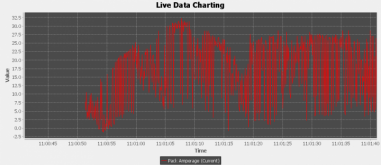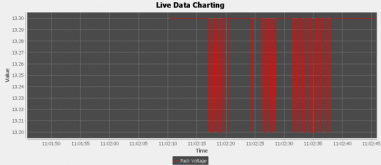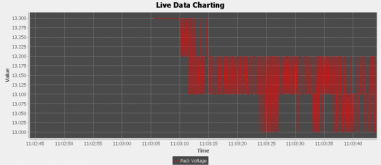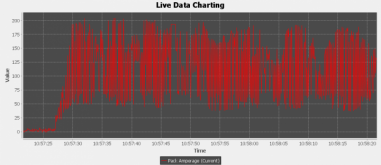Your build is gorgeous and truly epic.I spent a few hours replacing the skimpy 1/16" x 3/4" bar with 1/8" x 3/4" ... and spent some time getting some nice bends. I also decided I should use the tinned 1/4" x 1" to join the "end" cells before connecting this -- both to match up the resistance of all my bus bars better and to prevent direct copper on aluminum.
This one was the worst -- the shape is to accommodate the expansion/contraction of the fixture and I wanted the bar to come up from the bottom of the relay so that I had access to the bolt:
View attachment 40446
I used this cheap bender to make those bends. It doesn't make the best bends but it's a lot better than I could do without it.
Here's that bar installed (and you can see it sitting on top of the 1/4" x 1" bar):
View attachment 40447
More pictures:
View attachment 40445
View attachment 40444
View attachment 40443
View attachment 40442
View attachment 40441
Charging at 8kW ... those bus bars didn't get the slightest warm. The AC ripple of the battery is very very low (I can no longer measure it on my DMM). My per-cell delta-V at 140 amps of charging is ~30mv. All the cells are within 1mv while resting. Amazing sauce.
All that's left for me to do now is heat shrink the bars and do some cable management. I'm waiting for stuff to arrive before I can do that. But in the meantime, I'm just continuing to cycle the pack daily and I've got 400 of ground mount solar deployed to exercise that, too.
I'm getting close to the point where I can do a video series of the entire process.
For those of us with more pedestrian builds, can you summarize the reason you went back to solid busbars?
I’ve got about 50 2/0 lugs and planned on buying enough 2/0 welders-cable to make a full set of flexible 2/0 cables but now that I see you’ve switched back to solid busbars, I’m not understanding why I might regret using these flexible cables rather than solid busbars.
My application is more modest than yours - 80A peak discharge rates from a 2P8S battery...






